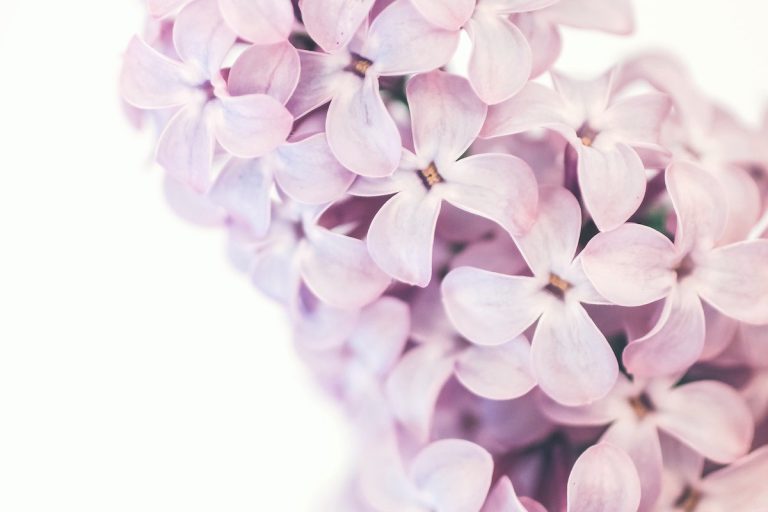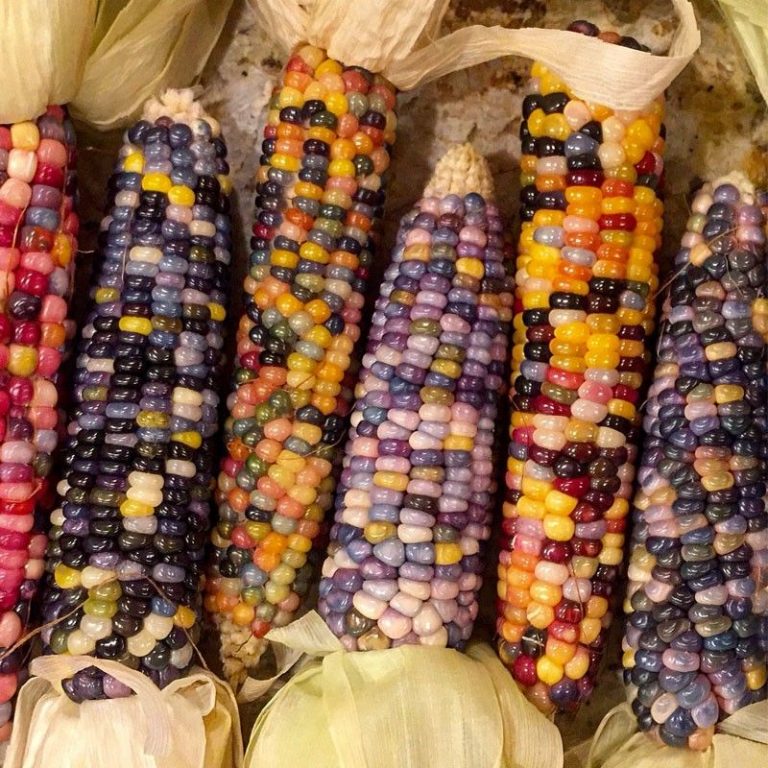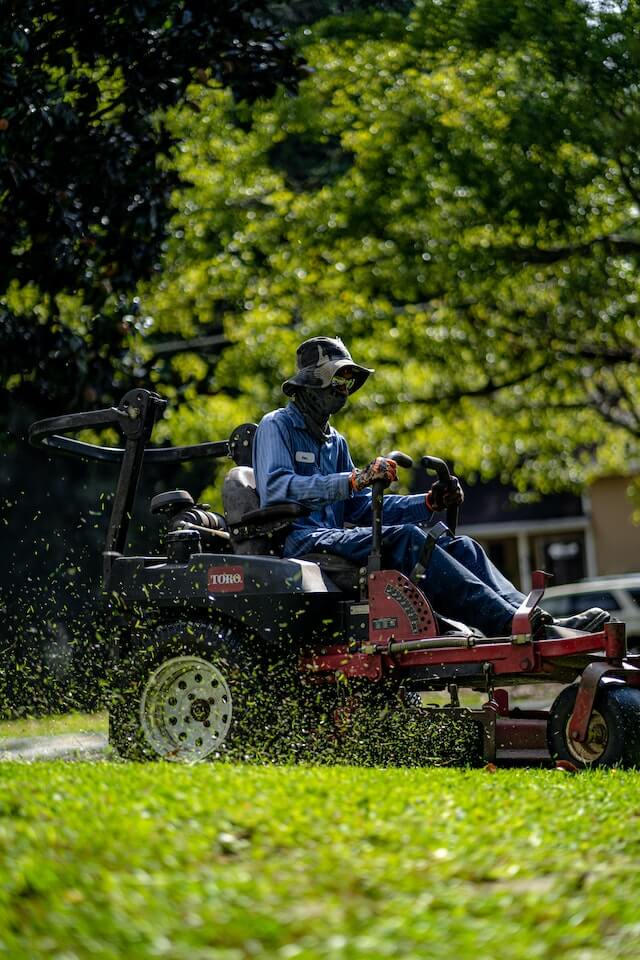White lavender plants, renowned for their exquisite beauty and aromatic allure, have carved a unique niche in horticulture and landscaping. These pristine, ivory-hued blossoms, derived from the Lavandula angustifolia family, hold a unique charm that captivates garden enthusiasts and nature lovers alike. White lavender’s popularity stems not only from its aesthetic appeal but also from its versatile utility in gardens and beyond.
This guide will delve into the art of cultivating, nurturing, and harvesting white lavender plants, allowing you to infuse your outdoor spaces with the timeless elegance and soothing fragrance they offer. Whether you seek to create a fragrant sanctuary or simply wish to enhance your garden’s aesthetic, the journey of white lavender cultivation promises a rewarding and aromatic experience.
White Lavender Plant History

The cultivation of lavender, including the white variety, can be traced to ancient civilizations, such as the Egyptians, Greeks, and Romans. These cultures appreciated its fragrant blooms and diverse applications. Lavender was used in perfumes, cosmetics, and bath rituals. Its aromatic properties also made it a favorite for scenting linens and repelling insects.
In medieval Europe, lavender, including the white variant, symbolized purity, cleanliness, and healing. It was a common ingredient in herbal remedies and was strewn on floors to mask odors. Lavender played a crucial role during the Black Plague, as it was believed to protect against illness.
Furthermore, white lavender’s significance extends to various cultures. In the language of flowers or floriography, white lavender symbolizes purity and silence. Its symbolism has made it a popular choice in weddings and other ceremonies.
Today, white lavender continues to be a beloved garden plant, appreciated for its timeless beauty, soothing fragrance, and historical significance as a link to horticultural heritage and past traditions.
Growing White Lavender Plant
Growing white lavender plants can be a rewarding endeavor, bringing both aesthetic beauty and aromatic delight to your garden. To ensure their successful growth, it’s essential to consider factors such as the following:
- Selecting the Right Location:
White lavender plants thrive in well-drained soil and full sunlight. Choose a location in your garden that receives at least 6-8 hours of direct sunlight daily. Good air circulation is also crucial for preventing diseases. Avoid planting in areas with poor drainage, as lavender is susceptible to root rot in overly wet conditions.
- Soil Preparation:
Prepare the soil by amending it with well-rotted compost or aged manure to improve drainage and fertility. Lavender prefers slightly alkaline soil with a pH between 6.7 and 7.3. You can adjust soil pH with lime if necessary. Ensure the soil is loose and well-aerated to encourage healthy root development.
- Planting White Lavender:
White lavender plants can be grown from seeds or cuttings. However, many gardeners prefer starting with nursery-bought plants for a quicker and more reliable outcome. Plant them in the spring or fall when the weather is mild.
Prepare a hole slightly larger than the plant’s root ball and carefully position the lavender plant at the same level as in the pot. Space multiple plants about 2-3 feet apart to allow for adequate air circulation and future growth. Water thoroughly after planting to settle the soil and eliminate air pockets.
- Watering Requirements:
While lavender is drought-tolerant once established, it’s crucial to provide consistent moisture during the initial stages of growth. Water deeply but infrequently, allowing the soil to dry out between watering sessions. Proper watering is crucial to prevent root rot, highlighting the importance of finding the perfect balance.
- Lavender Companion Plants:
Lavender companion plants can enhance the overall health of your garden and support white lavender’s growth. Consider planting lavender alongside companion plants like rosemary, thyme, or sage, as they share similar soil and sun preferences. These herbs create a visually pleasing garden and deter pests like aphids and cabbage moths.
White Lavender Plant Care
Like most plants, white lavender requires proper care and maintenance to ensure healthy growth and bloom. Consider the following when caring for your white lavender:
- Pruning:
Regular pruning is crucial to maintain the shape and vitality of white lavender plants. Here’s a step-by-step guide:
- Spring Pruning: In early spring, prune back the previous year’s growth to about one-third of the plant’s height. This encourages bushier growth and prevents the lavender from becoming too leggy. Be careful not to cut into the woody stems, as lavender may not regrow from old wood.
- Deadheading: Throughout the growing season, remove spent flower spikes to promote continuous blooming and prevent the plant from investing energy in seed production.
- Annual Pruning: In late winter or early spring, give your white lavender a more thorough pruning by cutting back the plant to its base. Remove any dead or woody growth. This rejuvenates the plant and encourages fresh growth.
- Pest and Disease Management:

White lavender plants are relatively resistant to pests and diseases thanks to their aromatic oils. However, they can still face some issues:
- Aphids: These tiny, soft-bodied insects can infest lavender. Use a strong spray of water to dislodge them, or apply insecticidal soap if necessary.
- Lavender plant turning gray: If your lavender appears to be turning gray or silver, it might be due to powdery mildew, a common fungal disease. Ensure proper air circulation and avoid overhead watering. If the problem persists, treat it with a fungicide.
- Root Rot: Overwatering and poorly drained soil can lead to root rot. Ensure the soil is well-draining and adjust your watering practices to prevent waterlogged conditions.
- Weevils and Snails: These pests can occasionally damage lavender. Use organic methods or appropriate pesticides to control them.
- General Maintenance:
- Watering: White lavender plants are drought-tolerant once established. Water deeply but infrequently, allowing the soil to dry out between watering sessions. Ensure the plant receives around 1 inch of water weekly during dry spells.
- Fertilizing: Lavender prefers lean soil and doesn’t require heavy fertilization. If your soil is deficient, use a balanced, slow-release fertilizer sparingly in early spring.
- Mulching: Enhance the growth of your plant by applying a layer of mulch around its base. This simple step not only helps in conserving moisture and regulating soil temperature but also minimizes weed competition.
- Winter Protection: Consider protecting your white lavender from harsh winter conditions in colder climates by covering it with mulch or burlap. Prune back lightly in late fall to minimize winter damage.
Fertilizing White Lavender
Fertilizing white lavender plants is essential to their care, but it should be approached with caution, as these aromatic herbs prefer lean soil. The right balance of nutrients can enhance their growth and fragrance, while excessive fertilization can lead to leggy growth and reduced essential oil production. Here’s a detailed explanation of when and how to fertilize white lavender plants:
- Timing:
White lavender plants have relatively low nutritional requirements and typically thrive in lean soil. Therefore, it’s crucial to avoid over-fertilization. Apply fertilizer sparingly to prevent excessive growth and maintain the plant’s natural form. Fertilizing once a year in the spring is usually sufficient for established plants.
- Fertilizer Type:
Choose a balanced, slow-release, or organic fertilizer with a lower nitrogen content (the first number in the N-P-K ratio) than phosphorus and potassium. A suitable fertilizer for lavender might have an N-P-K ratio like 5-10-10 or 10-20-20. These formulations promote flowering and overall plant health without encouraging excessive foliage growth.
- Application Method:
When applying fertilizer to white lavender plants, follow these steps:
- Preparation: Water the plant thoroughly a day or two before fertilizing to ensure it’s adequately hydrated.
- Measure: Measure the recommended amount of fertilizer based on the package instructions. Remember that it’s better to err on the side of caution and apply less than more.
- Spread Evenly: Sprinkle the fertilizer evenly around the base of the plant, taking care not to let it touch the leaves or stems. Avoid piling it in one spot.
- Water In: After applying the fertilizer, water the plant lightly to help the nutrients seep into the soil. This minimizes the risk of fertilizer burn.
- Monitoring:
Keep an eye on your white lavender plants after fertilization. If you notice excessive growth or a lack of aromatic oils in the leaves, reduce or discontinue fertilization in subsequent years.
Harvesting White Lavender Flowers
Harvesting white lavender flowers is a delightful and aromatic task that allows you to enjoy their beauty and fragrance long after blooming in your garden. Below is a step-by-step guide to harvesting white lavender flowers:
- Timing:
The best time to harvest white lavender flowers is in full bloom, typically mid-summer. Choose a sunny, dry day for harvesting, as the essential oils are most concentrated.
- Harvesting Method:
Use scissors or pruning shears to cut the lavender flower spikes carefully. Make clean cuts just above a leaf node, leaving a small stem attached to the flowers. Avoid cutting into the woody part of the plant, as it may not regrow from old wood.
- Drying Lavender Flowers:
Gather the cuttings into small bundles to dry white lavender flowers, securing them with twine or rubber bands. Hang these bundles upside down in a dry, well-ventilated area, away from direct sunlight. The flowers usually take about two to four weeks to dry completely. You’ll know they’re ready when the stems are brittle and the flowers easily crumble between your fingers.
- Storing Dried Lavender Flowers:

Once dried, remove the flowers from the stems by gently rubbing the spikes. Preserve the dried lavender flowers by storing them in airtight containers like glass jars or resealable bags. This will help maintain their freshness and fragrance for a longer period of time. Keep them in a cool, dark place to preserve their fragrance and color. Dried lavender flowers can be used in various ways, from crafting to culinary endeavors, and they’ll retain their delightful aroma for months or even years.
Conclusion
White lavender plants are a beautiful addition to any garden, with a rich history and versatile uses. Proper care, including well-drained soil, minimal fertilization, and prudent pruning, will ensure their health and vitality. Whether you’re drawn to their aesthetic charm or the calming fragrance they provide, cultivating white lavender can be a rewarding and aromatic journey in your gardening endeavors.







